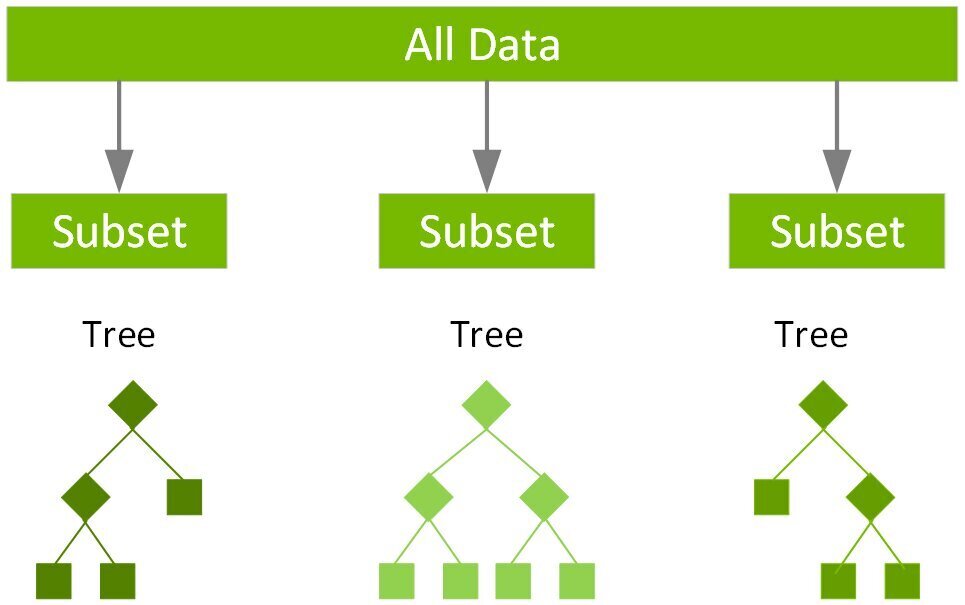XGBoost (eXtreme Gradient Boosting) is a powerful and efficient implementation of gradient boosting machines that has gained immense popularity in machine learning competitions and real-world applications[3]. It is a scalable, portable, and distributed gradient boosting library that can run on various platforms, including single machines, Hadoop, and cloud environments[1].
XGBoost builds upon the principles of gradient boosting decision trees (GBDT) and introduces several key innovations:
-
Regularization: XGBoost incorporates L1 and L2 regularization terms in its objective function to prevent overfitting[3].
-
Sparsity-aware algorithm: It efficiently handles missing values by learning the best direction to handle sparse data[5].
-
Parallel processing: XGBoost implements parallel tree building and split finding, significantly reducing computation time[5].
-
Tree pruning: The algorithm uses a “max_depth” parameter and prunes trees backward, improving model performance and reducing overfitting[3].
-
Cross-validation: Built-in cross-validation functionality allows for easy tuning of hyperparameters[3].
XGBoost offers a wide range of customizable parameters, including:
max_depth: Controls the maximum depth of individual treeslearning_rate: Determines the step size shrinkage used to prevent overfittingn_estimators: Sets the number of boosting roundsobjective: Specifies the loss function to be optimizedbooster: Chooses between tree-based (‘gbtree’, ‘dart’) or linear (‘gblinear’) models[5]
The library provides APIs for various programming languages, including Python, R, Java, and C++[1]. It also supports different input data formats and can handle large datasets efficiently through its out-of-core computation capabilities[4].
XGBoost’s performance and versatility have made it a go-to choice for many data scientists and machine learning practitioners. Its ability to handle complex datasets, missing values, and high-dimensional features, combined with its speed and accuracy, have contributed to its success in both academic and industrial settings[3][5].
Further Reading
1. xgboost/demo/README.md at master · dmlc/xgboost · GitHub
2. Introduction to Model IO — xgboost 2.1.1 documentation
3. https://www.codementor.io/%40info435/introduction-to-xgboost-gwuwmtovc
4. Coding Guideline — xgboost 2.1.1 documentation
5. Tree-Math/XGboost.md at master · YC-Coder-Chen/Tree-Math · GitHub


